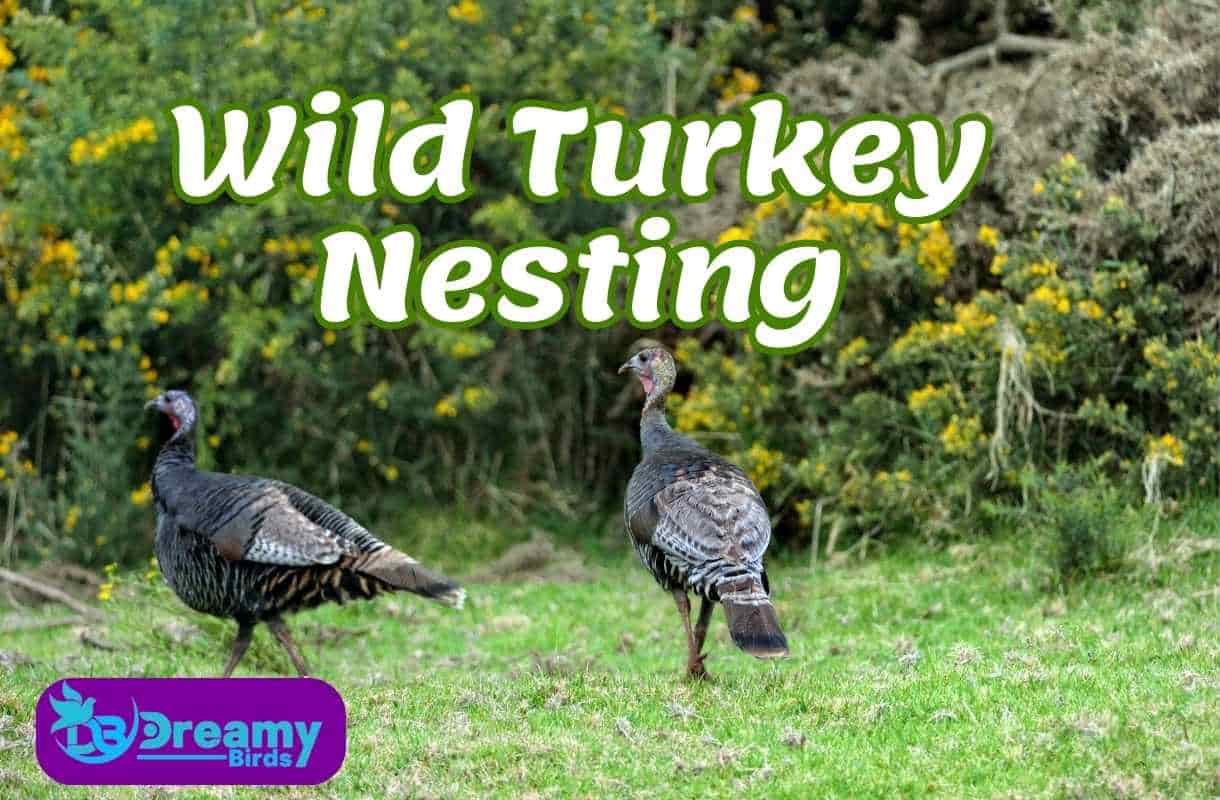
Exploring Mallard Nesting
Mallards are quite adaptable when it comes to their living quarters. They typically prefer habitats that provide safety, access to water, and ample food.

Mallards are quite adaptable when it comes to their living quarters. They typically prefer habitats that provide safety, access to water, and ample food.

Barn owls really break the mold when it comes to their nesting habits. Unlike other birds that spend time and energy crafting intricate nests from twigs and leaves, barn owls take a different route. They’re like the thrift shoppers of the bird world, finding and reusing old nests made by other species or even their ancestors.

Wild Turkeys live in many different places across North America. They can be in the thick forests of the Appalachians or the open grasslands of the Midwest. Where they decide to make their nests depends on things like food, safety from predators, and the environment around them.

Seagulls are part of a big bird family called Laridae, and there are many different types of seagulls. Each kind has its special way of living in different places. Some seagulls are small, like the Little Gull, while others are big and strong, like the Great Black-backed Gull.

keep an eye out for nests tucked into corners or under the roof. You might also see feathers scattered around or hear lots of chirping, especially in the morning. And let’s not forget the mess – bird droppings can be a real pain to clean up!

The osprey is a striking bird, easily identified by its white head, piercing yellow eyes, and contrasting dark brown wings. These powerful birds are about two feet long, with an impressive wingspan stretching nearly six feet. Imagine a bird whose wings are as wide as an average human is tall!

Dove eggs may not hatch due to improper incubation conditions, fertility issues, or environmental threats like predators and diseases. Ensuring the right temperature, humidity, and healthy parent birds is crucial for egg development and successful hatching.

Seagulls are pretty incredible birds. Most of us think of them near the ocean, swooping over the waves and beaches. They usually make their nests on cliffs and sandy shores, where they can be safe and find lots of food.

Yes, some birds can move their eggs. This skill varies across species. Birds like ducks and plovers gently roll their eggs with their beaks to shift them within the nest or to a safer spot. However, not all birds can do this.

Ducks kick eggs out of their nest to manage space, remove non-viable or rotten eggs, and reduce predation risk. This behavior ensures healthier conditions for the remaining viable eggs.